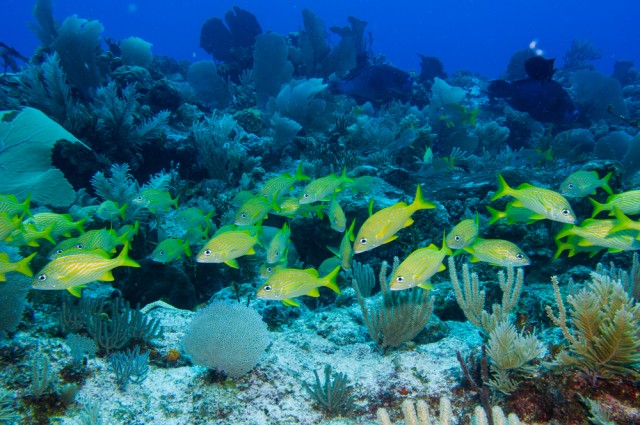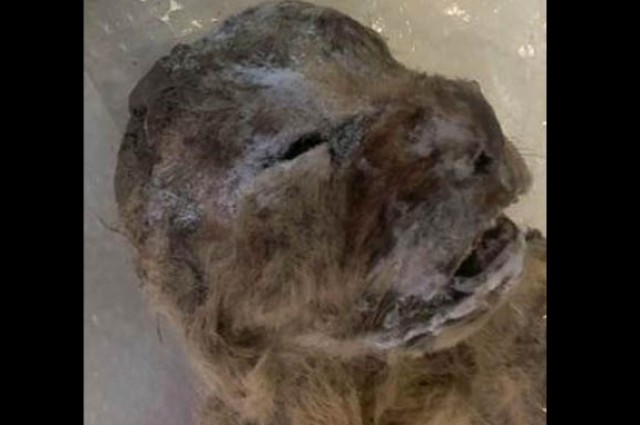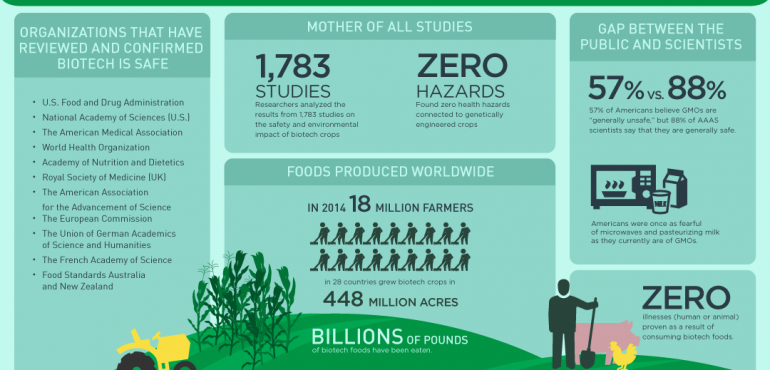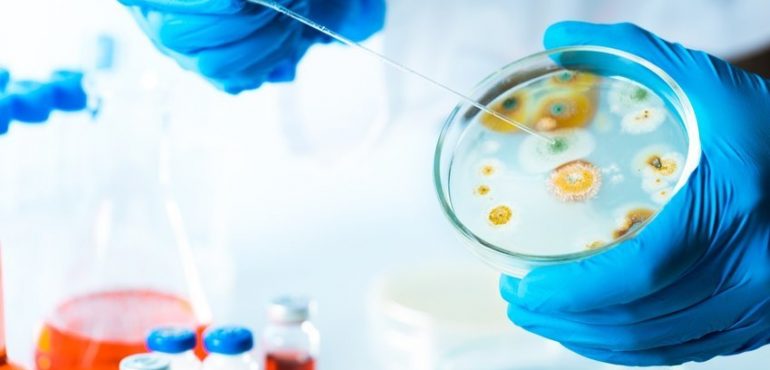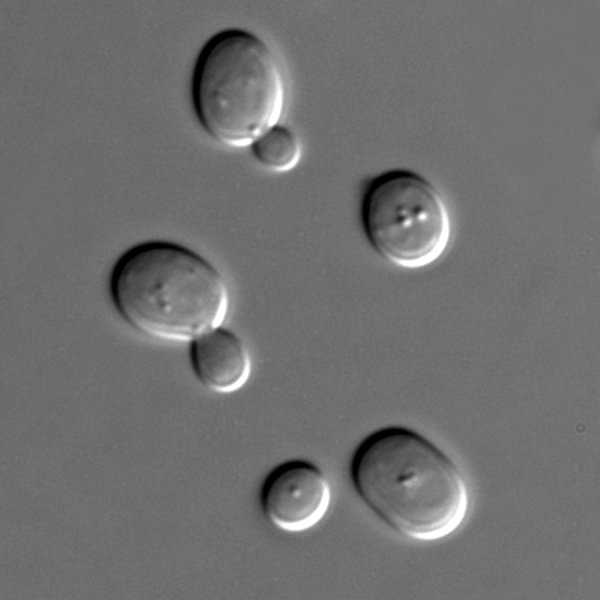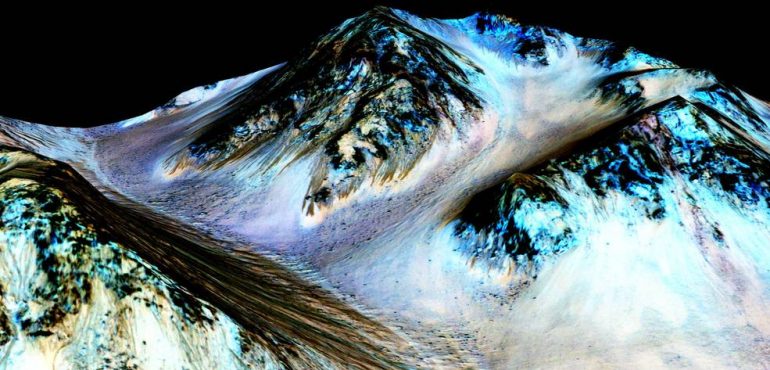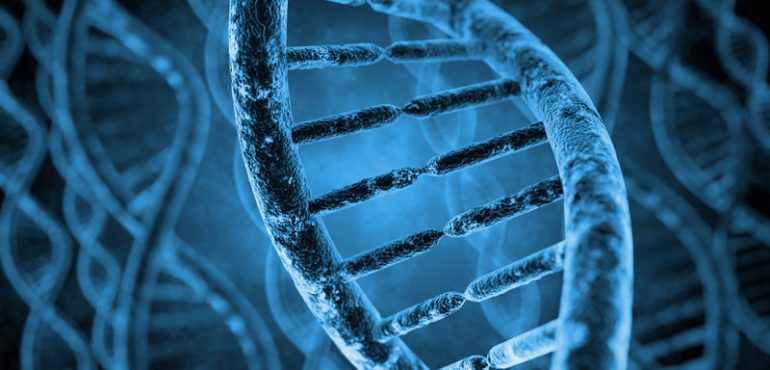Just a few months after the U.S. and Cuba restored diplomatic ties, conservation is already seeing the benefits that increased cooperation can bring. This week saw the National Oceanic and Atmospheric Administration (NOAA) sign an agreement that will bring two U.S. marine sanctuaries into a cooperative management with two of Cuba’s most important marine reserves.…
Read more
The U.S. And Cuba Sign An Agreement On Marine Research And Protection
